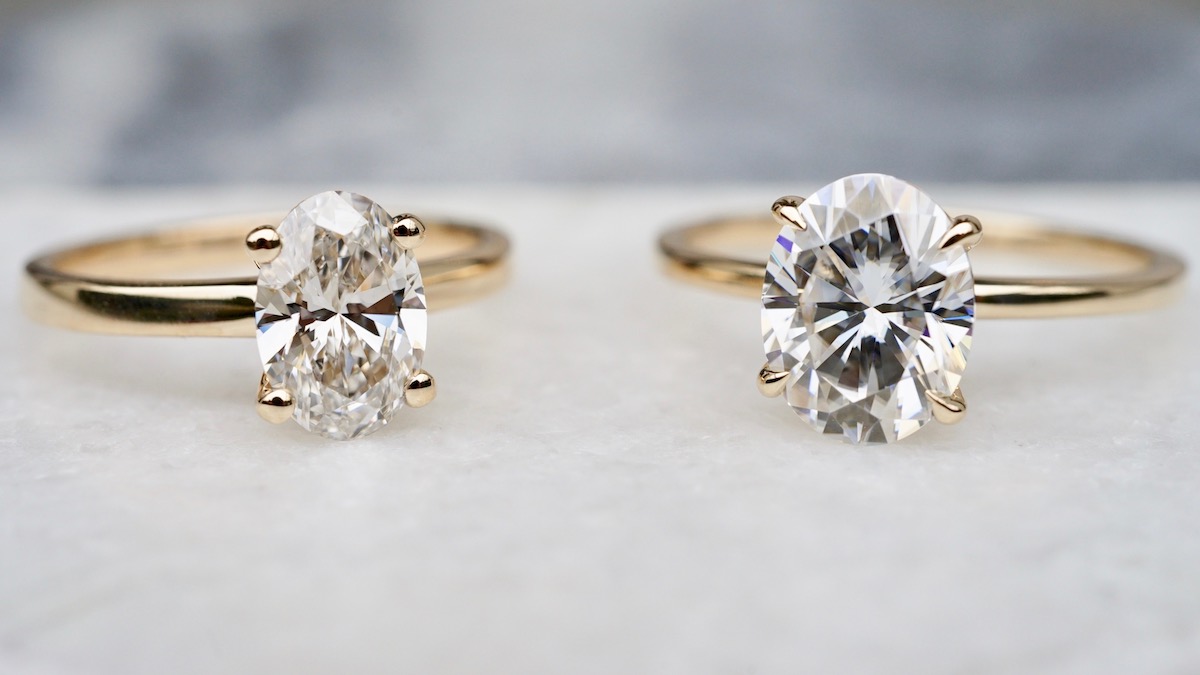In recent years, the emergence of lab grown diamonds and cultures has transformed the jewelry landscape, intertwining technology with cultural significance. As we navigate this new frontier, we uncover how these remarkable gemstones are reshaping perceptions and practices across various cultures.
Understanding Lab Grown Diamonds
Lab grown diamonds, also known as synthetic diamonds, are created using advanced technological processes that replicate the natural diamond formation. Utilizing methods such as High Pressure High Temperature (HPHT) and Chemical Vapor Deposition (CVD), these diamonds possess the same physical, chemical, and optical properties as their natural counterparts. The key difference lies in their origin: lab created versus mined.
Cultural Significance of Diamonds
Diamonds have held a significant place in human culture for centuries. Traditionally, they symbolize eternal love, commitment, and status. The introduction of lab grown diamonds challenges these traditional narratives, inviting a re-evaluation of their meaning across diverse cultures.
Western Cultures: Redefining Romance
In Western societies, the diamond engagement ring is a cherished tradition, often signifying a promise of love and commitment. With the rise of lab grown diamonds, couples are increasingly drawn to their ethical and environmental benefits. These diamonds allow couples to express their love while making a conscious choice to support sustainable practices. This shift is not just a trend; it signifies a deeper cultural movement towards responsibility and authenticity in romantic gestures.
Eastern Cultures: Embracing Modernity
In many Eastern cultures, diamonds are not only symbols of wealth but also representations of familial connections and heritage. Lab grown diamonds offer a modern alternative that appeals to younger generations, who seek both luxury and ethical responsibility. As these cultures evolve, the acceptance of lab grown diamonds signifies a merging of traditional values with contemporary ethics, promoting a narrative that resonates with the values of the next generation.
The Impact on Jewelry Design
The rise of lab grown diamonds is influencing jewelry design across the globe. Designers are embracing these diamonds for their versatility, allowing for more creative expression in their collections. This evolution is evident in the increasing popularity of custom designs, which reflect personal stories and individual tastes rather than traditional motifs.
Sustainability and Innovation
With growing awareness of environmental issues, lab grown diamonds offer a sustainable choice for consumers. The process of creating these diamonds typically involves less environmental disruption compared to traditional diamond mining. As a result, designers are incorporating sustainable practices into their work, appealing to a conscious consumer base that prioritizes eco-friendly options. This innovation not only enhances the aesthetic value of jewelry but also aligns with cultural values centered around stewardship of the earth.
Economic Implications
The introduction of lab grown diamonds has significant economic implications for the jewelry industry. These diamonds are typically more affordable than mined diamonds, providing access to luxury for a broader audience. This democratization of diamond ownership is reshaping market dynamics, enabling consumers from various economic backgrounds to invest in high-quality jewelry without compromising on their values.
Global Market Trends
As awareness of lab grown diamonds spreads, global market trends indicate a shift towards increased demand. Emerging markets, particularly in Asia and Africa, are experiencing a rise in interest for lab grown options, reflecting a growing preference for ethical luxury. This trend is further fueled by social media, where influencers and celebrities showcase lab grown diamonds, amplifying their appeal.
Cultural Narratives in Advertising
The marketing of lab grown diamonds leverages cultural narratives to resonate with consumers. Brands are increasingly highlighting the ethical and sustainable attributes of these diamonds, appealing to the values of modern consumers who seek authenticity in their purchases. Advertisements focus on storytelling, showcasing real-life couples who choose lab grown diamonds for their engagements, thus weaving a narrative that transcends mere transactions.
The Role of Influencers
Social media influencers play a pivotal role in shaping perceptions of lab grown diamonds. By sharing their personal experiences and highlighting the benefits of choosing lab grown over mined diamonds, they engage a wider audience. This grassroots marketing strategy fosters community discussions about sustainability, ethics, and personal values, ultimately influencing purchasing decisions.
Future Outlook: Cultures and Lab Grown Diamonds
As we look to the future, the relationship between cultures and lab grown diamonds will continue to evolve. The ongoing dialogue surrounding sustainability, ethics, and luxury is reshaping consumer behavior and industry standards. We anticipate further innovations in the production and design of lab grown diamonds, as well as a deeper cultural integration that recognizes their significance beyond mere adornment.
A Collective Movement Towards Change
The movement towards lab made diamonds is not merely a trend; it represents a collective shift in societal values. As consumers become more educated and engaged, the demand for ethically sourced products will likely grow, influencing industries beyond jewelry. This cultural evolution invites all of us to consider the broader implications of our choices and their impact on the world.
Conclusion: Embracing Ethical Luxury
In conclusion, lab grown diamonds are not just an alternative to natural diamonds; they embody a profound cultural shift towards ethical luxury. By embracing these innovations, we participate in a narrative that values sustainability, authenticity, and responsibility. As cultures around the world continue to adapt to these changes, the future of diamonds shines brighter than ever.

